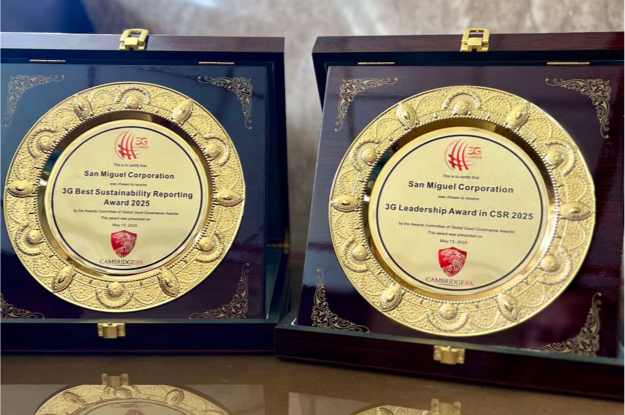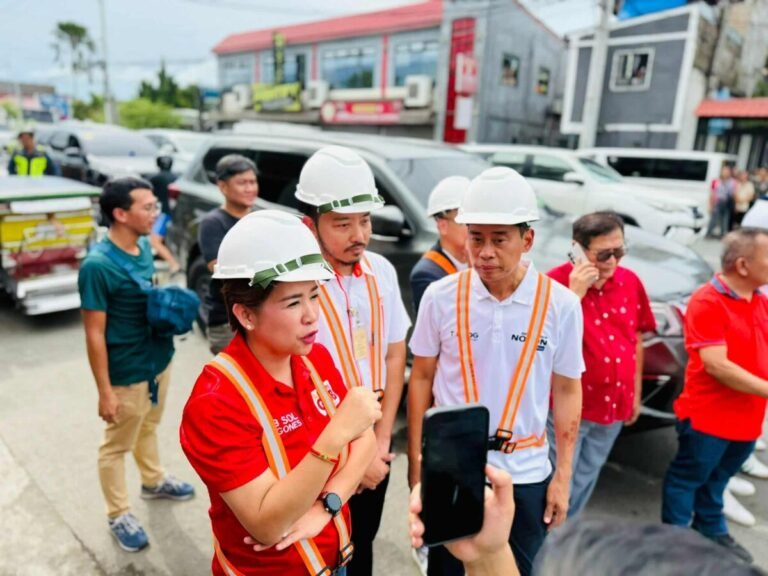
Starting today — December 1, 2022—SMC Infrastructure implements its “Seamless Southern Tollways” program which will eliminate the need for northbound and southbound motorists to do multiple toll stops within the expressways.
For years, it’s been the expected travel pattern of Southern Luzon-bound motorists: stop for toll and encounter traffic buildups at the South Luzon Expressway’s (SLEX) Calamba toll plaza, the SLEX-Greenfield toll plaza, and then again at the Sto. Tomas exit, Southern Tagalog Arterial Road (STAR).
Department of Transportation (DoTR) Secretary Jaime “Jimmy” Bautista welcomed the announcement, saying it is a timely development heading into the high-traffic Christmas season, and would have significant long-term benefits for local economies.
“This is a welcome development for so many of our countrymen who will be heading home to the provinces this December. Usually, our expressways experience the heaviest traffic particularly in the weeks leading up to Christmas. Fortunately, it seems we will all have some relief starting this December, as our private partner toll operator, SMC Infrastructure, has successfully completed the work needed to make travel through SLEX, Skyway, and STAR, more seamless,” Bautista said.
“Beyond the holidays, this initiative will make the transportation of people and goods to and from Southern Luzon provinces much faster and more efficient, with no impact or change in toll rates. I commend SMC for continuously looking for ways to minimize traffic and improve people’s travel experience along its expressways, and for investing in sensible and more sustainable solutions to traffic such as this,” he added.
San Miguel Corporation (SMC) president Ramon S. Ang said that the program, which its infrastructure arm has been working on since early this year, will essentially make travel along STAR, SLEX, and the entire Skyway system (Stages 1,2,3) much faster.
It is part of the company’s continuing efforts to implement operational improvements to minimize traffic and enhance motorists’ user experience along its tollways.
“Our goal when we started was to cut down toll stops from five to just two–entry and exit–whether for electronic RFID or cash payments, for both southbound and northbound vehicles across all our southern tollways. With this, we can make trips for motorists faster, more seamless, and less stressful, as they will no longer need to endure long queues at multiple toll plazas within the expressways,” Ang said.
In the current scheme, southbound motorists coming from the north and heading to as far as Batangas in the south, usually have to make five stops: Entry via the Del Monte Skyway 3 toll plaza, then another three stops at the Calamba, SLEX Greenfield, and Sto. Tomas toll plazas, and a final stop at their exit point.
Under the new scheme, this, according to Ang, will be cut down to just two–at the entry and exit points.
The same will be implemented for northbound traffic, which currently have to make toll stops at the Sto. Tomas main plaza, SLEX Greenfield, the Skyway main plaza in Alabang, and then the Skyway 3 exit.
In the new set-up, all toll plazas in the middle will be pass-through, with payment stops made only at the Skyway main plaza, and the exit point, Ang said.
Implementation of the new Seamless Southern Tollways program for southbound traffic is set for December 1, while northbound traffic will benefit from the same set-up by December 15. Integration of the NAIA Expressway is set for the first quarter of 2023.
According to Ang, a major development that has allowed SMC Infrastructure to improve this process is motorists’ wider adoption of the Autosweep RFID electronic toll collection system.
Since the pandemic, ETC penetration has grown from 45% to 80%, allowing for safer, more efficient toll collection, and the implementation of technology-based solutions to previous traffic constraints.
When the pandemic hit, SMC successfully implemented its program to waive toll fees for some 10,500 medical front-liners for about one year and three months, through its Autosweep RFID system, which amounted to over P246.5 million. In recent weeks, it also successfully effected an electronic refund for motorists affected by a momentary disruption in the toll collection system, caused by a vehicular accident.
Ang also appealed for patience and understanding from motorists whose travel patterns and experience will necessarily change, once the program is implemented.
For one, while there is no change in toll rates whatsoever, fees that used to be collected at the eliminated toll stops will be added to the total fees to be collected at the exit point.
“Some motorists may find this confusing at first, and they might wonder why the toll fee is ‘higher’. This may even lead to traffic buildup at some exit points as some motorists will inevitably take longer to make inquiries,” Ang pointed out.
“We want to make sure, as much as we can, that all motorists understand that there are no toll fee increases, and that we still also have to pay for use of the various expressways. It’s just that all the remaining payments will be collected in one go at the exit,” Ang clarified.
Ang also asked for the cooperation of motorists to help minimize traffic buildup, by ensuring their Autosweep accounts have sufficient balance, and to use the cash lanes if they have insufficient balance.
He added that the Seamless Southern Tollways program is also part of SMC Infra’s preparation for full interoperability with other expressways, which it has been pushing for, and working on with government and other tollway operators.
“This improvement in the southern tollways will enhance the upcoming interoperability project, as it will contribute to the overall seamlessness of travel across all expressways,” he said
“At the end of the day, what we want to achieve is to minimize traffic and the time our countrymen spend on the road. That is why we constantly invest to improve our infrastructure and the systems that help run them–so we can make sure trips are efficient, seamless, and as safe as possible for the public,” Ang added.







